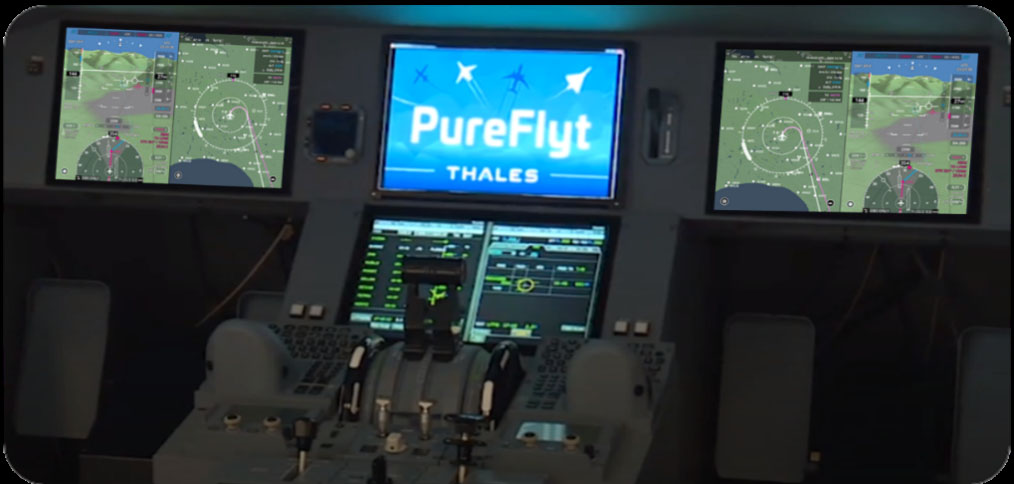How do you go from having a great idea and concept to producing something that is tangible and beneficial for air traffic operations? That is a question that the SESAR JU DYNCAT is seeking to answer through its work to develop more environmentally sustainable operations in the terminal manoeuvring area (TMA). In this Q&A, DYNCAT’s work package 3 leader, Johan Boyer from Thales, describes what it takes to build specific prototypical functionalities for aircraft systems from a conceptual idea.
DYNCAT is a two-year exploratory research project that aims at demonstrating how to factor in environmental factors like CO2 and noise, when optimising 4D trajectories, enabling safer, more cost-efficient and more environmentally sustainable operations in the terminal manoeuvring area (TMAs).
What are the challenges when translating an operational concept into a high-level system specification?
A critical activity for the success of the project is the moment when you move from the operational concept document into the specification of the system. This first step for DYNCAT involved picking up some key items such as the optimised vertical profile and flaps sequence and leaving out some others, such as the wind and temperature server. This functional trade-off was based on the estimated values of the different blocks in order to build a minimum viable product.
We also need a generic solution that will be viable from an industrial point of view and an asset to the airlines. One key point is to design a user-friendly and intuitive solution minimising additional training for pilots. Indeed, human factors will influence the acceptability of the proposed solution. In a complementary way, another major challenge is to optimize performance while minimising costs. This architectural trade-off is generally complex because the solution needs to comply with legacy avionics systems and their inherent limitations.

Flight Management System computer
Why is it important to embed prototyping early on in the innovation process?
The main objective of such an exploratory research project is to validate the new functionality feasibility within real avionics products. Even at a very low Technology Readiness Level, rapid prototyping enables a realistic real-time demonstration. The goal is to refine the solution so that it will perfectly fit the customers’ expectations. During this phase, we pay particular attention to the environmental consequences as we are very conscious of the need to contribute to a greener future for aviation, reducing greenhouse gas emissions and noise pollution in the particular case of the DYNCAT project.
As an equipment manufacturer in the aviation sector, at Thales we also need to prove that the solution will facilitate pilots’ tasks without affecting the safety of the flights in such a critical flight phase as the approach. Even in this early development phase, we rely on aviation standards, such as DO-178C that provides some rules for airborne system certification. We are also supported by Thales test pilots to identify the main risks and pitfalls to avoid.
How do you find proper benchmark scenarios to test functionalities, which are both realistic and comparable?
The available operational flight data constitute a very rich dataset that reflects the real context of the arrival phase, including the aircraft, environmental and traffic data. It really helps in providing an accurate demonstration of DYNCAT's potential by allowing us to pick out the most relevant scenarios, on which we will experiment different types of additional information exchange between pilots and controllers. The findings from DYNCAT are being fed into the SESAR JU very large-scale demonstration, ALBATROSS, which is showcasing available solutions to make flying more energy efficient.
The Thales research test bench in Toulouse will support the evaluation in 2022 involving in-service pilots and controllers. For each scenario, a proven flight model will provide the fuel consumption results while our project participant Empa will measure and analyse noise thanks to its well-established SonAir model. This will be very valuable to characterize DYNCAT’s operational benefits and to identify the items that would benefit from further development.

Thales test bench
This project has received funding from the SESAR Joint Undertaking under the European Union's Horizon 2020 research and innovation programme under grant agreement No 893568
